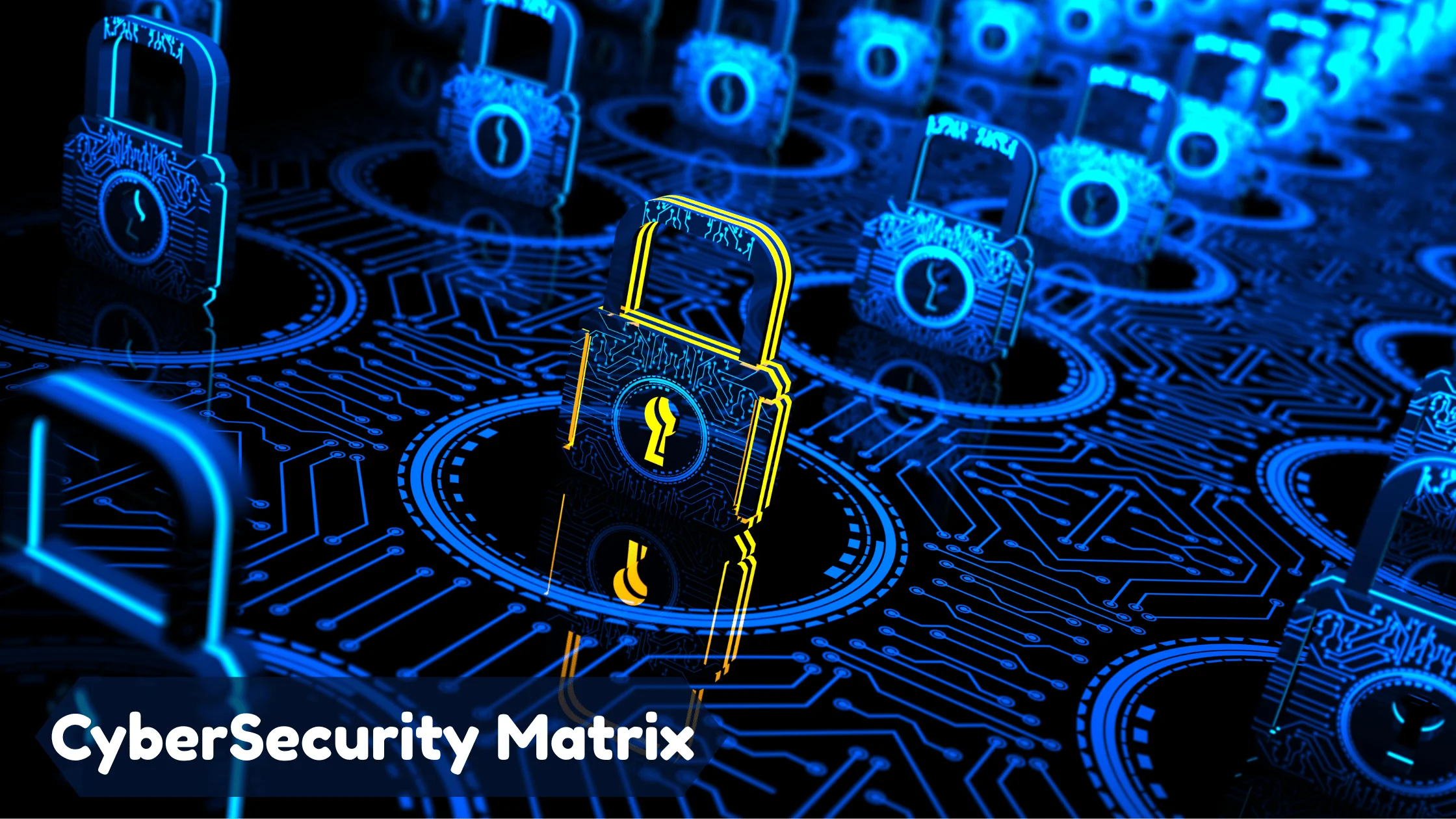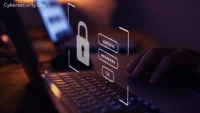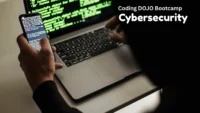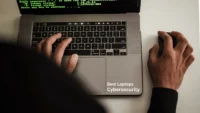The Cybersecurity Matrix: Decoding the Digital Threatscape of 2025
Published: 19 Jun 2025
As our lives become increasingly digitized from banking to healthcare to smart homes, cybersecurity is no longer a niche concern but a global necessity.

In 2025, malicious actors are smarter, faster, and more organized than ever. This piece lays out a comprehensive matrix of the most pressing cybersecurity threats today, offering a strategic view that connects threat types, their targets, and the tools available to fight them.
Cybersecurity Threat Matrix
| Threat Type | Real-World Incidents | Primary Targets | Mitigation Measures |
|---|---|---|---|
| Ransomware | LockBit’s automation, BlackCat’s stealth, and RaaS platforms enabling novices | Healthcare, Education, SMEs | Immutable backups, real-time threat detection, cybersecurity drills |
| Phishing & Social Engineering | Deepfake-enhanced scams, executive impersonation, voice phishing (vishing) | Executives, Remote Workforce | Email anomaly filters, MFA enforcement, situational awareness training |
| Fileless Malware | Memory-based execution via PowerShell or WMI, leaving no traditional trace | Financial Services, SaaS Providers | Heuristic analysis, zero-trust frameworks, real-time behavioral baselines |
| Supply Chain Exploits | SolarWinds, Okta compromise, poisoned open-source libraries | Critical Infrastructure, Tech Firms | Continuous monitoring, third-party software audits, SBOM adoption |
| IoT Weaknesses | Exploited home routers, hacked medical implants, vulnerable industrial IoT | Smart Cities, Energy Grids | Network segmentation, encrypted firmware, secure provisioning protocols |
| AI-Powered Threats | AI-generated phishing emails, automated pen-testing, polymorphic malware | Cross-industry | Predictive threat models, adversarial AI simulations, ethical AI review boards |
| Cloud Misconfigurations | Misconfigured firewalls, exposed API endpoints, lack of identity control | Startups, E-commerce, Tech Hubs | CSPM tools, identity governance, configuration drift management |
| Nation-State Cyber Ops | Attacks on elections, energy infrastructure, espionage (e.g., Volt Typhoon) | Government, Defense, Utilities | Cyber intelligence sharing, threat attribution capabilities, geopolitical modeling |
| Insider Threats | Leaked trade secrets, employee sabotage, credential abuse | Corporate, Educational Institutions | UBA solutions, privilege creep audits, confidential reporting mechanisms |
| Mobile Malware | Side-loaded apps, SMS fraud, rogue Wi-Fi networks | BYOD Environments, General Public | App sandboxing, VPN use, carrier-grade mobile threat defense |
Emerging Forces Reshaping the Threat Landscape
- 5G Expansion: With blisteringly fast speeds, 5G accelerates IoT proliferation—and with it, vulnerabilities that hackers are quick to exploit.
- Hacktivism & Geopolitical Cyberwarfare: Hacking with a cause is gaining traction, from disrupting public utilities to spreading digital dissent.
- Quantum Computing Risks: A looming challenge—quantum algorithms could one day crack classical encryption methods like RSA and ECC.
- AI vs. AI Arms Race: Attackers deploy deep-learning models to probe systems; defenders counter with intelligent threat hunting and behavior prediction.
Why This Matrix Is More Than a Chart
This cybersecurity matrix isn’t just informational, it’s strategic intelligence. By illuminating not only what the threats are, but also who they’re targeting and how to mitigate them, it empowers businesses, institutions, and individuals to craft tailored defense mechanisms. In today’s hyperconnected world, cybersecurity must be integrated into every level of operation, from the server room to the boardroom.
Final Thoughts: Cybersecurity as a Shared Responsibility
In today’s digital arena, cybersecurity is no longer a specialized function, it’s a collective obligation. Whether you’re a global enterprise managing thousands of endpoints, or a single user safeguarding a smartphone, your actions shape the larger cyber-ecosystem.
The threats mapped in this matrix illustrate one reality: cybercriminals are becoming more advanced, more automated, and more opportunistic. But so too are our tools, our strategies, and our collective intelligence. What makes the difference is not just technology, but resilience, vigilance, and a proactive mindset.
In a world where digital assets are often more valuable than physical ones, investing in cybersecurity is no longer optional; it’s foundational. The organizations and individuals that stay informed, stay adaptive, and stay collaborative will not only survive but thrive in this shifting landscape.
Cyber defense isn’t about building a wall. It’s about designing a living, breathing architecture of trust, learning, and response.
Stay alert. Stay secure. Stay smart.

- Be Respectful
- Stay Relevant
- Stay Positive
- True Feedback
- Encourage Discussion
- Avoid Spamming
- No Fake News
- Don't Copy-Paste
- No Personal Attacks

- Be Respectful
- Stay Relevant
- Stay Positive
- True Feedback
- Encourage Discussion
- Avoid Spamming
- No Fake News
- Don't Copy-Paste
- No Personal Attacks





